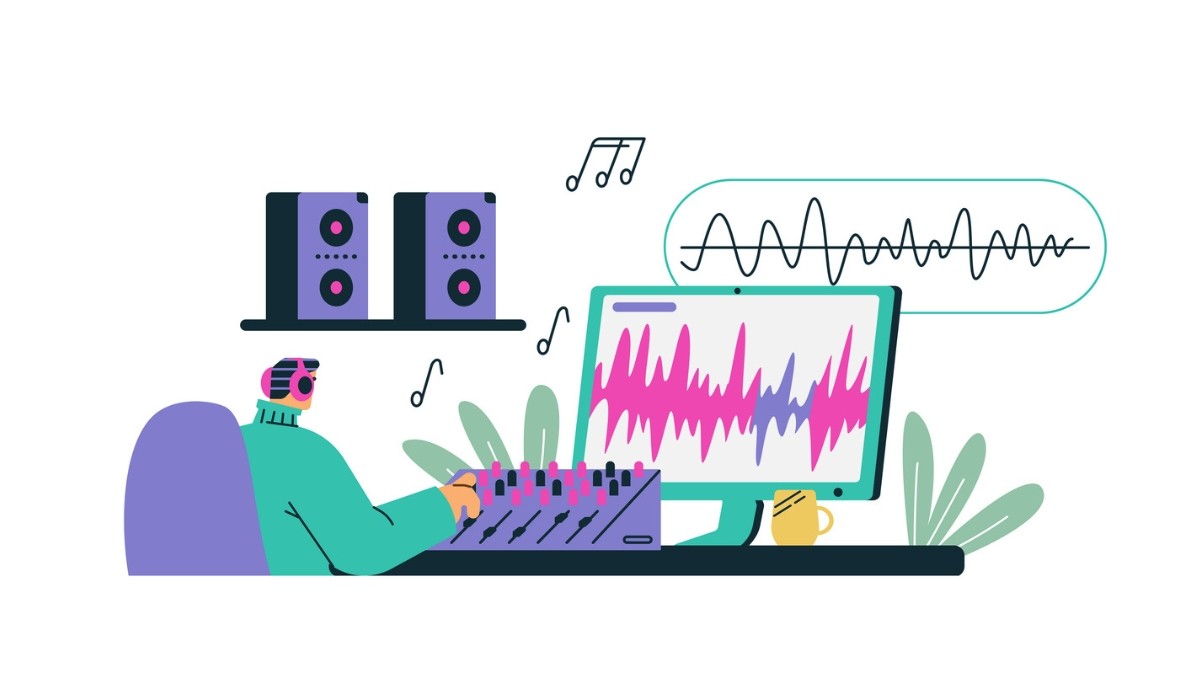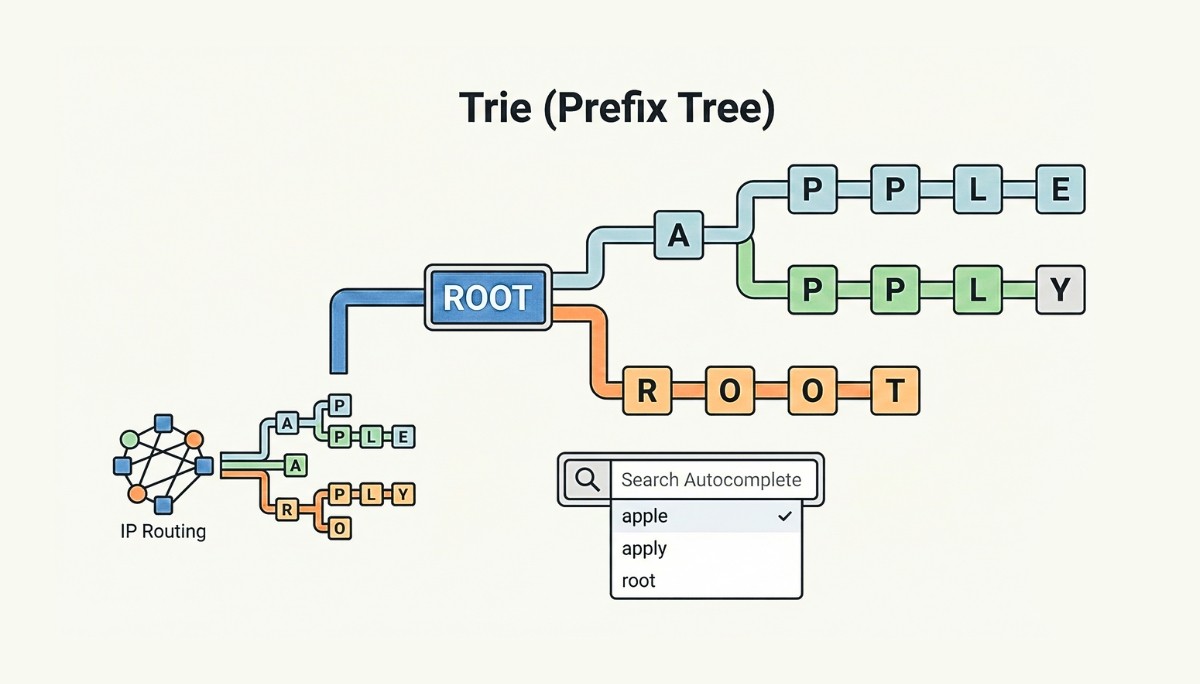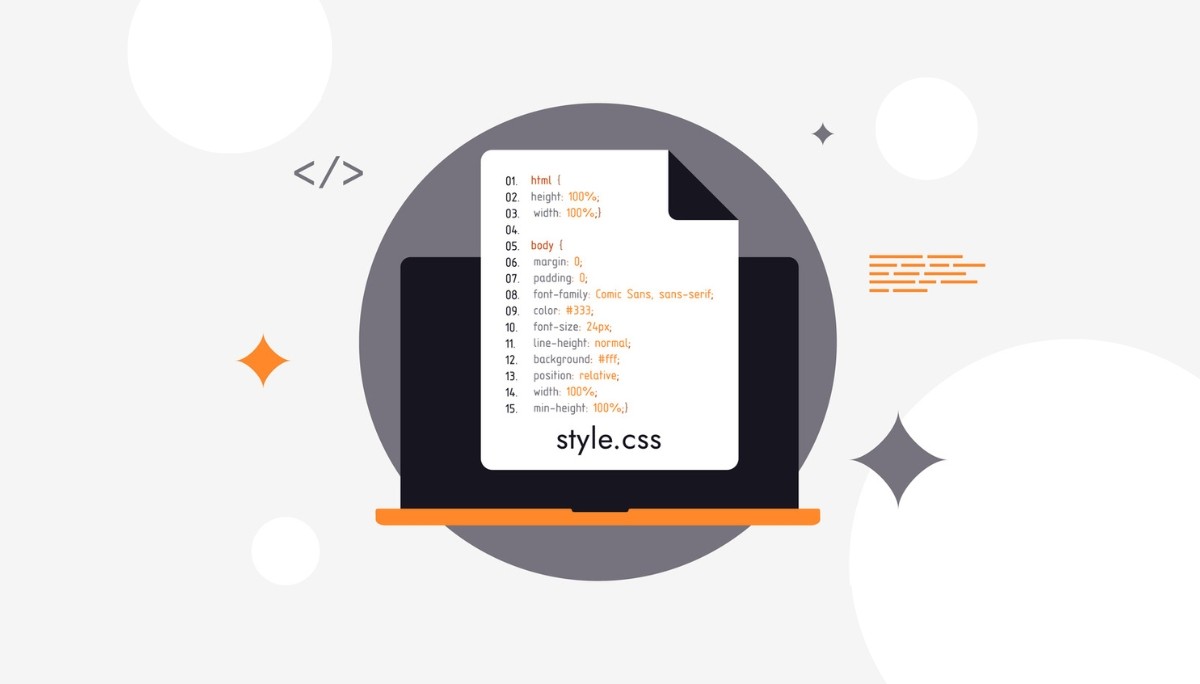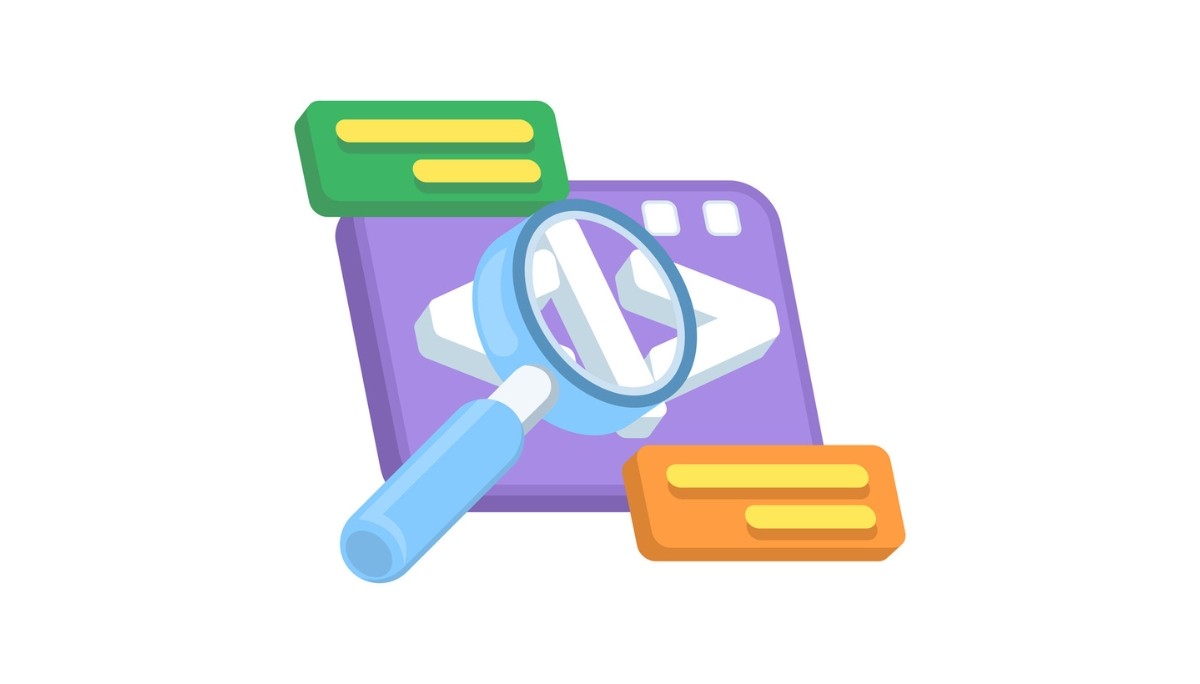The Best UX Design Tools and Software Every UX Engineer Should Know
By
Ethan Fahey
•
Sep 19, 2025
If you’re on the hunt for the best UX design tools to streamline your workflow, you’re in the right place. In this article, we’ll walk through top tools for wireframing, prototyping, and beyond—showing how they can boost efficiency while helping teams deliver standout user experiences. And for recruiters or business leaders, Fonzi AI makes it easier to connect with skilled UX designers and AI engineers who know how to put these tools to work effectively.
Key Takeaways
UX design tools are essential for various stages of product development, facilitating research, user testing, and prototyping while ensuring collaboration and alignment among stakeholders.
The comparative overview highlights key UX design tools like Figma, Sketch, and Miro, each with unique features tailored to enhance different aspects of the design process, including real-time collaboration and intuitive interfaces.
Emerging trends in UX design tools for 2025 focus on personalization, accessibility, and emotionally intelligent design, alongside evolving visual elements that aim to create more engaging and user-friendly digital experiences.
The Importance of UX Design Tools

In the intricate tapestry of product development, UX design tools are the threads that hold everything together. These tools assist with various stages of product development, including:
Research
User testing
Wireframing
Prototyping They are indispensable for:
Constructing user-centered products
Facilitating efficient wireframing
Enabling smarter prototyping
Aligning stakeholders with the design vision.
The best UX/UI tools provide a robust framework for organizing data effectively, mapping user journeys, and realizing design concepts. Imagine trying to keep track of all your design elements, user flows, and interactive prototypes without a reliable UI design tool—it would be chaos. These tools are essential for digital designers to maintain a structured workflow, ensuring that every element is in its right place.
Moreover, handoff tools in UX design bridge the often-daunting gap between design and product development. They eliminate the need for manual documentation, resulting in accurate, pixel-perfect implementations of design. This not only enhances the overall quality of the final product but also saves invaluable time and resources in the handoff process.
In a world where emerging advancements in technology continually reshape the landscape, new tools are constantly being developed to streamline and automate the design process. This ongoing innovation ensures that UX designers are always equipped with the latest capabilities to meet user needs and improve user interactions. Thus, the importance of UX design tools cannot be overstated—they are the cornerstone of creating exceptional digital experiences.
Comparative Overview of Top UX Design Tools

Navigating the plethora of UX design tools available today can be overwhelming. To help you make an informed choice, consider some of the most popular options:
Sketch
Figma
Adobe XD
InVision
Each of these tools offers unique features tailored to different aspects of the design process.
Figma, for instance, is celebrated for its extensive component library, making it easy for designers to manage and use design elements efficiently. On the other hand, Marvel is recognized for its rapid design handoff capabilities, which streamline the transition from design to development. Framer stands out as a no-code tool, enabling designers to create websites without any coding knowledge, broadening its appeal to a wider audience.
Key features of each tool include:
Figma: Extensive component library for efficient design element management
Marvel: Rapid design handoff capabilities to streamline design-to-development transition
Framer: No-code tool enabling website creation without coding knowledge
When it comes to pricing, Adobe XD offers a range of options, from a standalone plan at $9.99 per month to a comprehensive Adobe Creative Cloud suite at $52.99 per month. Sketch appeals to users who prefer a one-time purchase model, providing flexibility in how they manage their design tool expenses. Uizard, on the other hand, charges $49 per creator per month for their Enterprise plan, catering to larger teams and complex projects.
Cross-platform capabilities are another critical factor to consider. Tools like Lunacy support multiple operating systems, including Windows, macOS, and Linux, ensuring that designers can work seamlessly across different platforms. Penpot offers the unique advantage of allowing users to self-host their own instances, providing a more native app-like experience, and enhancing cross-platform compatibility.
These diverse options highlight how various tools cater to different design processes, user needs, and multiple formats.
Detailed Reviews of Leading UX Design Tools
Now that we have a comparative overview, it’s time to dive deeper into some of the leading UX design tools. We’ll explore Miro, Sketch, and Figma in detail to understand their specific strengths and how they can enhance your design workflow.
Miro: Best for Collaborative Visual Workspaces
Miro is a powerhouse when it comes to collaborative visual workspaces. Supporting a wide range of integrations, Miro enhances its functionality within UX design workflows, making it a versatile tool for various stages of the design process. Its ability to support real-time collaboration tools like Microsoft Teams further amplifies its effectiveness.
One of Miro’s standout features is its intuitive interface, which allows users to easily navigate and utilize its vast library of templates and tools. This is particularly beneficial for mind mapping and brainstorming sessions, where creativity and fluidity are paramount. Miro excels in these areas, making it an ideal choice for workshops and group discussions.
The cloud storage capabilities of Miro ensure that your unlimited projects are always accessible, promoting seamless collaboration across teams. Whether you’re working on interactive designs or mapping out user flows, Miro provides the flexibility and tools needed to bring your ideas to life effectively.
Sketch: Ideal for macOS Users
Sketch is a vector network design tool that has carved out a niche for itself among macOS users. Its strength lies in creating scalable graphics and precise designs, making it a go-to for many designers. Sketch excels in:
Drawing
Wireframing
Prototyping
Design handoff
These features ensure a seamless transition from one design stage to the next.
Exclusively available for macOS, Sketch is tailored to the needs of Apple users, ensuring optimal performance and integration with other macOS applications. Its collaborative design features enhance teamwork, allowing multiple users to work on a project simultaneously. This is particularly useful for large teams working on complex projects.
Despite its advanced features, Sketch is accessible to both beginner and advanced designers, catering to a wide range of skill levels in the design community. Whether you’re crafting user interfaces or creating interactive prototypes, Sketch provides the tools and flexibility needed to achieve your design goals.
Figma: Best for Real-Time Collaboration
Figma stands out as the best tool for real-time collaboration, enabling multiple users to work on a design simultaneously through its browser-based functionality. This ease of access and collaboration is further enhanced by features like:
Audio discussions
Diagrams
Sticky notes
Online whiteboards.
One of Figma’s most notable features is FigJam, a dedicated tool for online brainstorming and ideation, which enhances the collaborative process. This integration allows teams to seamlessly transition from brainstorming to design, ensuring that all ideas are captured and refined.
Figma operates as a vector graphics editor, offering advanced capabilities for creating interactive prototypes and animations. Its version control and rapid iteration features make it a favorite among product teams, ensuring that designs are always up-to-date and reflective of the latest user feedback.
Criteria for Selecting UX Design Tools

Selecting the right UX design tool can be a daunting task, given the plethora of options available. One of the most crucial factors to consider is usability, which determines how easily users can navigate and utilize the software. A supportive onboarding process can significantly enhance the user experience, helping new users understand the tool’s features effectively.
Access to quality customer support is another critical factor. It can greatly impact the efficiency of using UX design tools, particularly during challenging tasks or when troubleshooting issues. Customer reviews also provide valuable insights into real-world usage and satisfaction, guiding potential buyers toward better decisions.
User research tools are essential for gathering actionable insights about user needs and behaviors, which guide the design process. Integrated usability testing capabilities provide immediate insights into user interactions, allowing for quick adjustments and improvements. These features are crucial for enabling designers to create user-centered designs that meet user needs and expectations and to gather feedback.
A focus on user-centered design minimizes user frustration and abandonment by streamlining interactions and processes. When selecting a UX design tool, it’s essential to consider how well it supports the entire design workflow, from ideation to implementation, ensuring consistency and quality in the final product.
Emerging Trends in UX Design Tools for 2025

As we look ahead to 2025, several emerging trends are set to redefine the UX design landscape. Personalization is becoming a key feature in cross-platform UX, enhancing user engagement by delivering tailored content. Similarly, the integration of location-based features is on the rise, providing users with personalized experiences according to their geographical context.
Accessibility testing features are gaining prominence, ensuring that products cater to users with various disabilities. Emotionally intelligent design is another trend to watch, as it considers user emotions to create more empathetic and responsive digital experiences. These features are crucial for enabling designers to create inclusive and user-friendly digital products.
Visual elements are also evolving, with animated icons and 3D visual elements becoming increasingly popular. These dynamic elements add depth and realism to user interfaces, enhancing visual design, storytelling, and user engagement. Bold typography is another trend, with an emphasis on large, capitalized text to capture user attention effectively.
Understanding UX Design Tools
To truly harness the power of UX design tools, one must first understand their core functionality and purpose. UX design tools are specialized software designed to assist designers in crafting user interfaces and experiences. These tools transform abstract ideas into tangible design solutions, making them an essential component in a designer’s toolkit.
The primary purpose of UX design tools is to design, prototype, and validate user interfaces. They streamline the design process by fostering collaboration among design teams and stakeholders, ensuring that everyone is aligned with the design vision. This collaborative design approach is crucial for creating cohesive and user-centered products.
Prototyping and wireframing tools enable quick iterations and feedback, which are essential for refining design concepts. These tools allow designers to simulate user experiences, providing an interactive way to test and validate design ideas before moving into full-scale development. Comprehensive research capabilities further enhance the understanding of user needs, ensuring that the final product meets user expectations. A rapid prototyping tool can significantly streamline this process, especially when creating unlimited prototypes.
UX design tools play a crucial role in the entire product development lifecycle. They are utilized from the initial ideation phase all the way to the final handoff to development teams. They offer functionalities including:
Wireframing
Prototyping
Design concept validation
Collaboration tools
By integrating these UX tools and UI kits into the design workflow, product teams can maintain consistency, improve efficiency, and ultimately create better user experiences.
Benefits of Using UX Design Tools

The benefits of using UX design tools extend far beyond the design process itself. These tools enhance user engagement by creating intuitive and user-friendly interfaces that cater to user needs. Focusing on user-centered design allows teams to significantly improve brand loyalty and trust through positive user experiences.
Effective use of UX design tools can lead to higher conversion rates, as products are better aligned with user expectations. This alignment ensures that users find value in the product, leading to increased satisfaction and retention. Additionally, the use of drag-and-drop features simplifies the prototyping process, making it accessible to designers of all skill levels, especially with the inclusion of drag-and-drop functionality.
Collaboration tools within UX design software enable teams to work more efficiently, producing higher-quality user-centered products. These tools facilitate seamless communication and feedback collection, ensuring that all team members are on the same page and that user insights are integrated into the design process. Additionally, these tools allow you to invite team members to collaborate effectively.
In a competitive market, leveraging UX design tools can be a game-changer. They provide the structure and capabilities needed to create exceptional digital products that stand out and resonate with users. By integrating these tools into your design workflow, you can unlock new levels of creativity, efficiency, and user satisfaction.
Pricing Plans Comparison Table
When it comes to selecting a UX design tool, understanding the pricing plans is crucial. Many UX design tools offer a free plan, often with limitations on users and functionalities. For example, Miro offers a pricing plan starting from $8 per user per month, making it an affordable option for teams of various sizes.
Pricing for design tools is as follows:
Marvel: starts at $16 per user per month for paid plans
UXPin: basic plan starts at $6 per month per user
Figma: starts at $15 per user per month if billed annually, offering a balance between functionality and affordability
Sketch: offers a straightforward pricing model with a free trial and options for monthly or yearly payments
Factors to consider when selecting a UX design tool include:
The initial cost
Scalability
Range of features
Team size
Project complexity
Desired level of collaboration
By comparing these factors, you can select a tool that fits your budget and meets your design needs, ensuring that you get the best value for your investment.
How Fonzi Revolutionizes AI Hiring for UX Engineers
Fonzi is revolutionizing the way companies hire AI engineers, including those specializing in UX design. As a curated AI engineering talent marketplace, Fonzi:
Connects companies with top-tier, pre-vetted AI engineers
Hosts a recurring hiring event called Match Day
Uses a structured evaluation process to ensure candidates’ skills align with specific project requirements.
The platform hosts Match Day events, allowing companies to assess and interview multiple engineers in a single day, speeding up the hiring process. Fonzi delivers high-signal, structured evaluations with built-in fraud detection and bias auditing, differentiating itself from black-box AI tools and traditional job boards. This ensures that the candidates are not only skilled but also a good fit for the company’s culture and needs.
Fonzi makes hiring fast, consistent, and scalable, with most hires occurring within three weeks. It offers the following benefits:
Supports both early-stage startups and large enterprises
Accommodates hiring needs from the first AI hire to the 10,000th
Preserves and elevates the candidate experience
Ensures engaged and well-matched talent
By leveraging Fonzi, companies can streamline their hiring process, ensuring that they find the right talent quickly and efficiently. This innovative approach to AI hiring is transforming the tech industry, providing companies with the expertise they need to excel in an increasingly digital world.
Summary
In summary, UX design tools are indispensable for creating user-centered digital products. From assisting with wireframing and prototyping to enabling seamless collaboration and stakeholder alignment, these tools are the backbone of successful UX design. Understanding the importance of these tools and how to select the right one can significantly enhance your design workflow and product quality.
Emerging trends in UX design, such as personalization, accessibility testing, and emotionally intelligent design, highlight the continuous evolution of the field. Staying abreast of these trends ensures that your designs remain relevant and user-friendly. Additionally, leveraging platforms like Fonzi can revolutionize the way you hire AI engineers, ensuring that you have the right talent to bring your design visions to life.
As you explore and utilize these tools, remember that the ultimate goal is to create exceptional user experiences that resonate with your audience. By integrating the right UX design tools into your workflow, you can unlock new levels of creativity, efficiency, and user satisfaction, setting your products apart in a competitive market.




